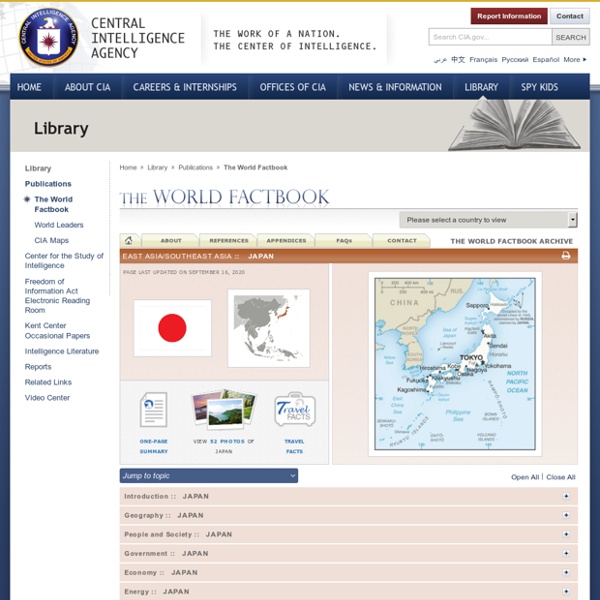Japanese folklore and mythology - New World Encyclopedia
Japanese folklore are heavily influenced by the two primary religions of Japan, Shinto and Buddhism. Japanese mythology is a complex system of beliefs that also embraces Shinto and Buddhist traditions as well as agriculture-based folk religion. The Shinto pantheon alone boasts an uncountable number of kami (deities or spirits). One notable aspect of Japanese mythology is that it provided a creation story for Japan and attributed divine origins to the Japanese Imperial family, assigning them godhood. The Japanese word for the Emperor of Japan, tennō (天皇), means "heavenly emperor."
Religion in Japan
Shinto and Buddhism are Japan's two major religions. Shinto is as old as the Japanese culture, while Buddhism was imported from the mainland in the 6th century. Since then, the two religions have been co-existing relatively harmoniously and have even complemented each other to a certain degree. Most Japanese consider themselves Buddhist, Shintoist or both.
Tahiti - Knowledge Encyclopedia
From Wikipedia, the free encyclopedia Tahiti is the largest island in the Windward group of French Polynesia, located in the archipelago of the Society Islands in the southern Pacific Ocean. It is the economic, cultural and political centre of French Polynesia.
The Languages spoken in Japan
Japan, often referred to as the State of Japan, is an island nation in the Eastern portion of the Asian continental waters. Located in the expansive Pacific Ocean, the country is situated to the east of the Sea of Japan, China, North Korea, South Korea and Russia, stretching from the Sea of Okhotsk in the north to the East China Sea and Taiwan in the south. The Japanese characters that make up Japan's name mean "sun-origin", which is why Japan is often referred to as the "Land of the Rising Sun. Japan is an archipelago consisting of 6,852 islands. The four largest of these islands, Honshu, Hokkaido, Kyushu, and Shikoku, comprise about ninety-seven percent of Japan's total land area.
Aztec Mythology - Myth Encyclopedia - god, story, legend, names, ancient, animal, snake, war, world, creation
The mythology of the Aztec civilization, which dominated central Mexico in the 1400s and early 1500s, described a universe of grandeur and dread. Worlds were created and destroyed in the myths, and splendid gods warred among themselves. Everyday items—colors, numbers, directions, days of the calendar—took on special meaning because each was associated with a deity. Aztec religious life ranged from keeping small pottery statues of the gods in homes to attending elaborate public ceremonies involving human sacrifice.
The Japanese Climate
From subarctic Hokkaidō to subtropical Okinawa, Japan’s climate varies greatly by region. Snow in the North, Blossoms in the South When Hokkaidō in northern Japan is still buried in snow in January, cherry blossoms come into full bloom in the southern islands of Okinawa. Stretching like a bow off the east of the Eurasian continent, the Japanese archipelago shows great climatic variation within its approximately 3,000 kilometers of length from northeast to southwest.
The Culture and Customs of Mexico - National days and Festivals
Mexico’s culture is rich, colourful and vibrant, influenced by its ancient civilisations such as the Aztec and Maya as well as European colonisation. It is unique and probably one of the most fascinating cultures in the world. The traditions and customs of the Mexican people are varied and diverse. They are proud of their native heritage and each region has its own cultural practices and celebrations. Many of the ancient traditions of their ancestors have been preserved making it a fascinating destination to explore.
Ancient Egyptian Gods and Goddesses Illustrated Descriptions and stories
Egyptian Gods Ancient Egyptian Gods and Goddesses For all ancient people, the world was filled with mystery. Much of what they experienced in the world around them was unknowable and frightening. The ancient Egyptian gods and goddesses represented aspects of the Egyptians’ natural and “supernatural” surroundings and helped them understand its many aspects. Demons



